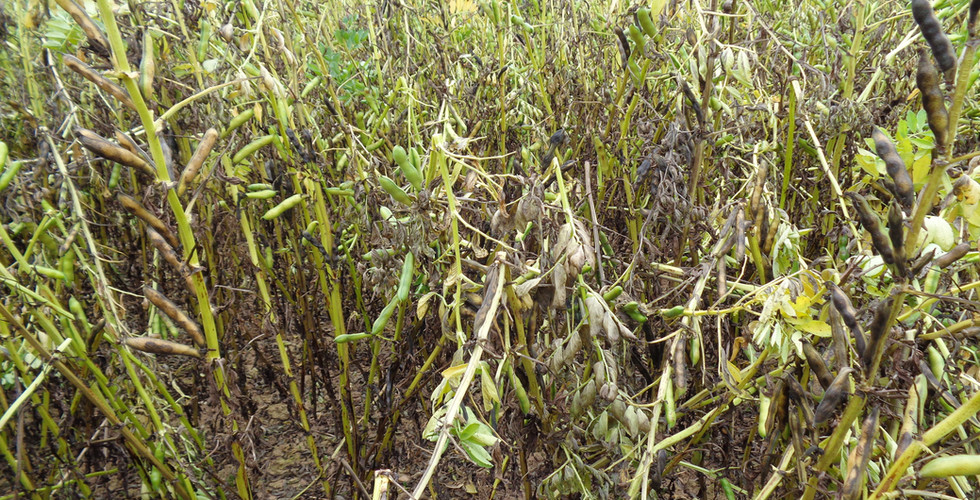Beans (Vicia faba) in the United Kingdom.
- Philip
- Jun 19, 2023
- 2 min read
Early History.
Tusser (1573) wrote that sowing beans was one of the tasks for November as well as for February and March. The omission of October for sowing suggests these beans were not true winter hardy types.
Young (1804) and Loudon (1825) gave detailed descriptions on how beans were grown at the end of the 1700’s, however, none refer to autumn planting.
It is likely that true winter beans were not cultivated in England until the 1800’s. Porter stated that the Little Winter or Russian Bean (Vicia Faba var. minor) were introduced to England in 1825. Originally imported as animal feed they were subsequently found to be winter hardy and then grown here.
This hardy equina type (Horsebean) had early maturity but it’s one downfall was that of producing small seed (TGW 350g). It is thought that out of the total 200,000 ha grown at the end of the 1800’s, a high proportion were grown on the clay soils of southern England.
The descriptions given by Haxton (1855) and Percival (1908) are similar to the French breeding line “Cote d’Or” suggesting that the small Russian Bean may have been cultivated in eastern France, at the same time, or before and also imported to England.
A move away from the Horsebean took place between 1920 and 1945. Details of breeding which brought about this change are unknown.
Since World War II breeding has concentrated on composite varieties which have improved yields, stiff straw and some disease resistance. Varieties have adapted well to the UK climate and management has improved to allow control of biotic stresses.
Winter beans do not need to be vernalised in order to flower, but non vernalised plants flower on higher node.
Vicia faba equina
Common name: Horsebean
Family: Fabaceae or Leguminosae
Picard, J., Duc, G., & Pelletier, R. (1985). “Côte d’Or”, a highly frost resistant population of Vicia faba.














